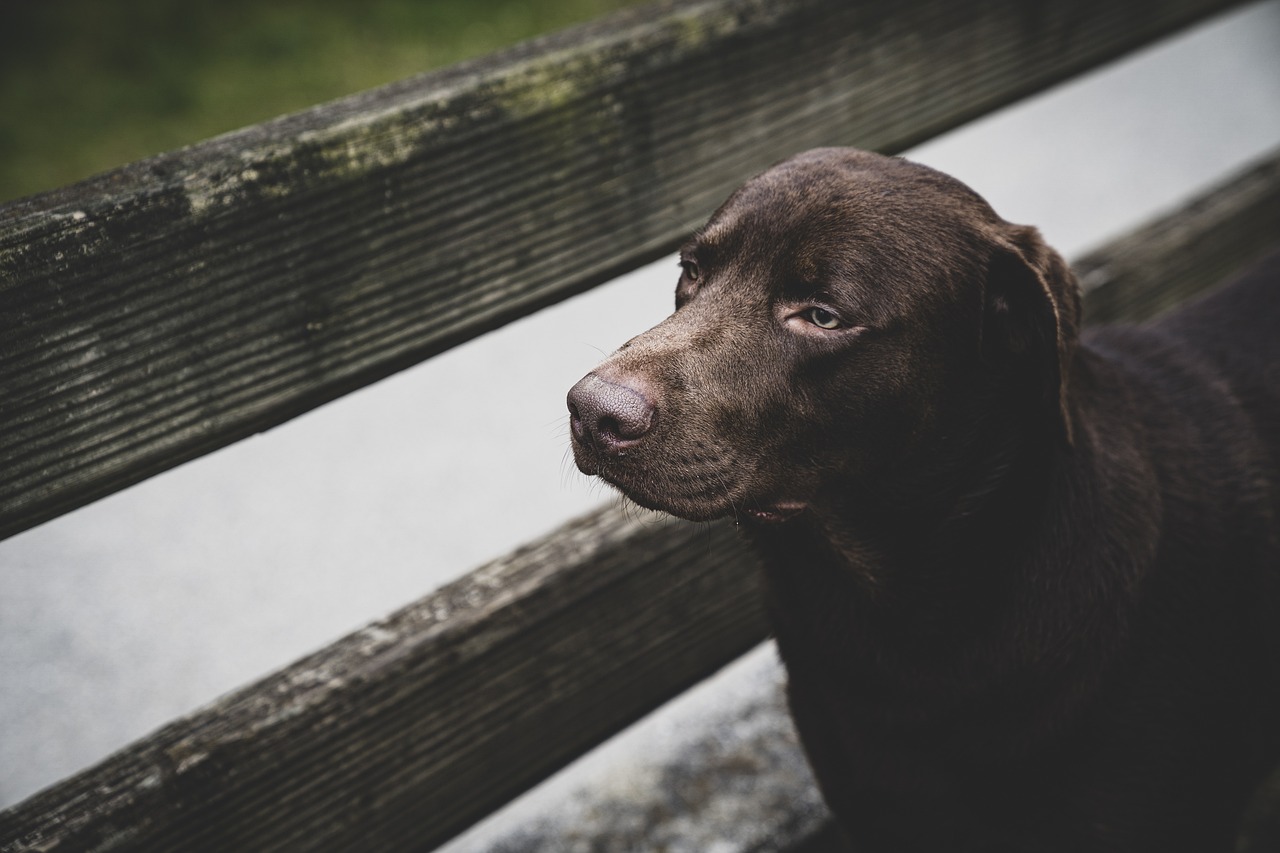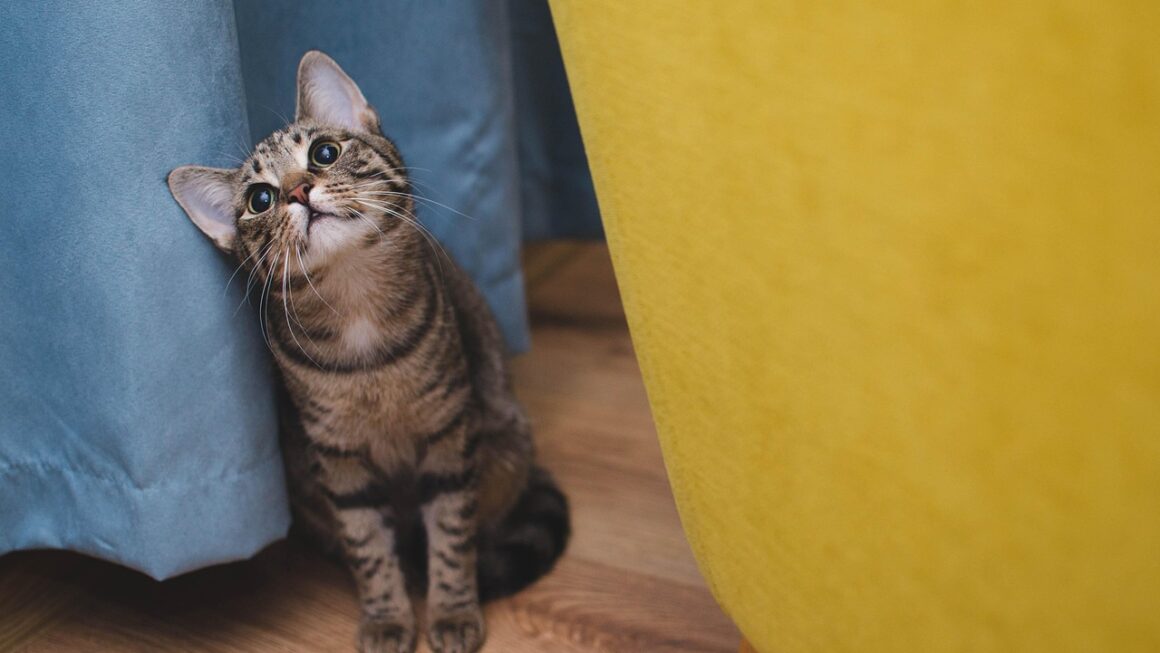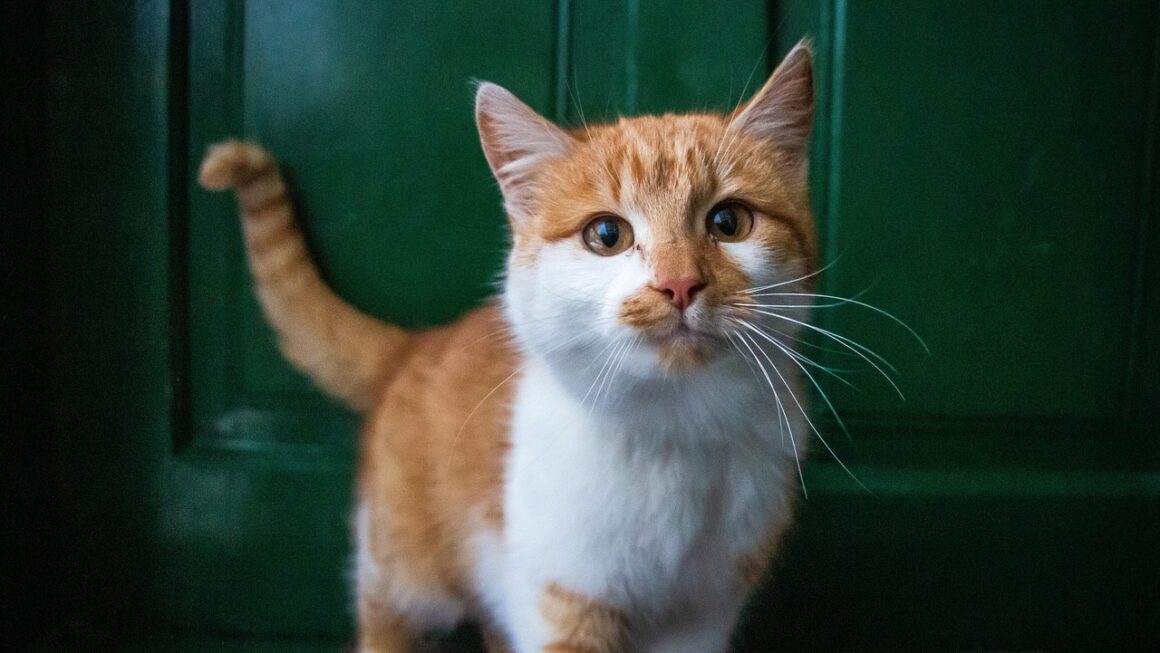Pet owners understand the love and dedication required to keep their furry, scaled, or feathered friends happy and healthy. While food, exercise, and affection often take center stage, one crucial element often overlooked is proper hydration. Just like humans, pets need sufficient water intake to thrive. Dehydration in pets can lead to serious health complications, so understanding their hydration needs is paramount to responsible pet ownership. This comprehensive guide delves into the importance of pet hydration, offering practical tips and insights to ensure your beloved companion stays well-hydrated and healthy.
The Importance of Pet Hydration
Why is Water Essential for Pets?
Water is not merely a refreshment for pets; it’s a vital component for their physiological functions. It plays a key role in:
- Regulating body temperature: Helping pets cool down through panting or sweating (in some species).
- Transporting nutrients: Facilitating the delivery of essential vitamins and minerals to cells.
- Aiding digestion: Assisting in the breakdown of food and the absorption of nutrients.
- Lubricating joints: Ensuring smooth movement and reducing friction.
- Eliminating waste: Supporting kidney function and removing toxins from the body.
A lack of adequate hydration can lead to a range of health problems, from mild discomfort to life-threatening conditions.
Recognizing the Signs of Dehydration in Pets
Early detection of dehydration is crucial for prompt intervention. Common signs of dehydration in pets include:
- Lethargy and weakness
- Loss of appetite
- Dry nose and gums
- Sunken eyes
- Decreased skin elasticity (when you gently pinch and lift the skin, it should quickly return to its normal position)
- Thick, sticky saliva
If you observe any of these symptoms, it’s essential to consult your veterinarian immediately.
How Much Water Do Pets Need?
General Guidelines for Water Intake
The amount of water a pet needs daily varies depending on several factors, including:
- Species: Different species have different hydration requirements.
- Size and weight: Larger pets generally need more water than smaller ones.
- Activity level: Active pets require more water to replenish fluids lost through exercise.
- Diet: Pets eating dry food need more water than those consuming wet food.
- Environmental temperature: Hot weather increases water needs.
As a general rule of thumb, dogs and cats need approximately 1 ounce of water per pound of body weight per day. However, this is just an estimate, and individual needs may vary. Birds need significantly less relative to their body size. Reptiles often obtain moisture from their food and environment.
Calculating Your Pet’s Water Needs
While the 1-ounce-per-pound rule is a helpful starting point, it’s best to monitor your pet’s water intake and adjust as needed.
- Example for Dogs: A 50-pound dog would need approximately 50 ounces of water daily (about 6 cups).
- Example for Cats: A 10-pound cat would need approximately 10 ounces of water daily (about 1.25 cups).
- Other Pets: Consult with a veterinarian or reptile/bird specialist for specific water requirements for smaller pets.
Pay attention to factors like activity level and diet. If your pet is more active than usual or is eating primarily dry food, increase their water intake accordingly.
Tips for Encouraging Pet Hydration
Providing Fresh Water
- Multiple Water Stations: Place water bowls in various locations around your home, both indoors and outdoors.
- Clean and Fresh Water: Change the water regularly (at least twice a day) to keep it clean and appealing. Use a clean bowl to prevent bacterial growth.
- Water Bowl Type: Consider the type of bowl. Stainless steel and ceramic bowls are hygienic and easy to clean. Some pets prefer wide, shallow bowls.
Hydration Through Diet
- Wet Food: Incorporate wet food into your pet’s diet. Wet food has a high moisture content and can significantly contribute to their daily water intake.
- Homemade Broth: Add unsalted, homemade broth to your pet’s food or offer it as a treat. This can entice them to drink more.
- Soaked Dry Food: Soak dry kibble in water or broth to increase its moisture content.
Creative Hydration Methods
- Ice Cubes: Offer ice cubes as a refreshing treat, especially during hot weather. Some pets enjoy chewing on them.
- Pet Water Fountains: Invest in a pet water fountain. The flowing water can encourage pets to drink more.
- Fruit and Vegetable Treats: Offer water-rich fruits and vegetables like watermelon, cucumber, or blueberries (check for safety before offering specific fruits or veggies to your pet).
Common Hydration Mistakes to Avoid
Neglecting Water Intake During Travel
- Always bring water: When traveling with your pet, always carry a portable water bowl and plenty of fresh water.
- Offer water frequently: Offer water regularly during car rides, walks, or other outings.
- Avoid public water sources: Avoid letting your pet drink from public water fountains or puddles, as these can be contaminated.
Ignoring Environmental Factors
- Hot Weather Precautions: During hot weather, provide shade, limit outdoor activities, and ensure your pet has access to plenty of water.
- Air Conditioning Effects: Be aware that air conditioning can dehydrate pets, so ensure they have access to water even indoors.
Overlooking Underlying Health Issues
- Consult a Veterinarian: If your pet consistently refuses to drink water or shows signs of dehydration despite your efforts, consult your veterinarian. Underlying health issues like kidney disease or diabetes can affect hydration levels.
Conclusion
Ensuring your pet’s adequate hydration is a crucial aspect of responsible pet ownership. By understanding their individual needs, providing fresh water, incorporating wet food, and avoiding common mistakes, you can help your beloved companion stay healthy and happy. Remember to consult your veterinarian if you have any concerns about your pet’s hydration levels. A well-hydrated pet is a healthier, happier pet, ready to share many joyful years with you.




